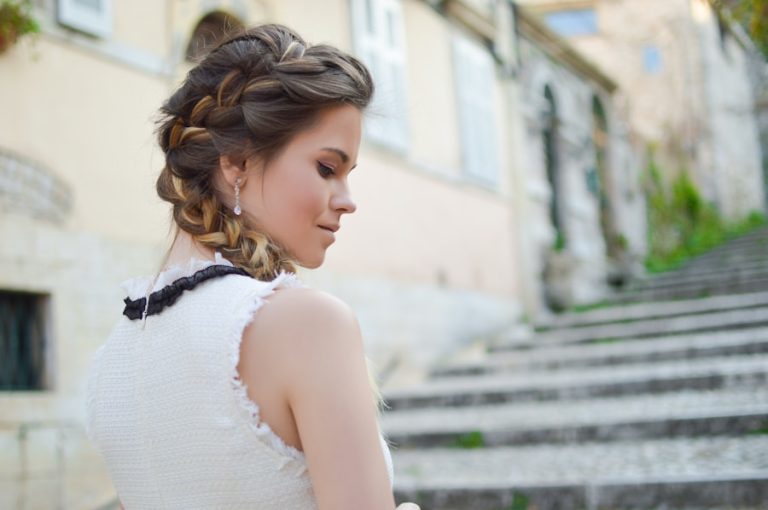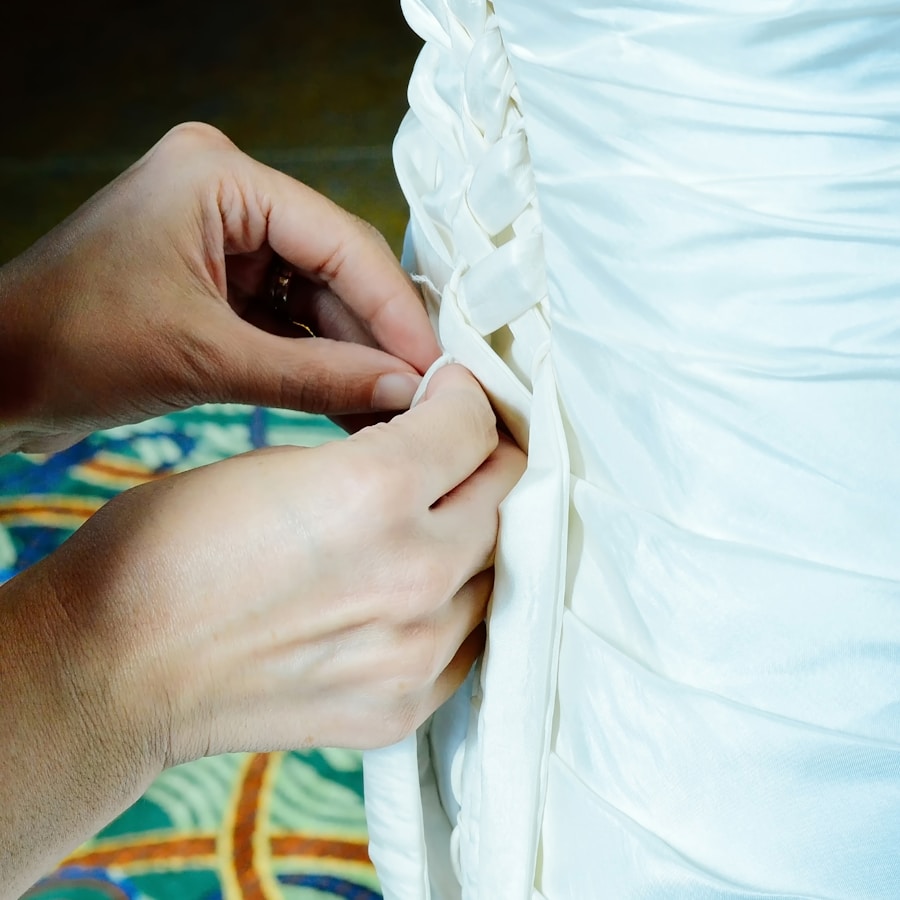4 Greek Bridal Traditions

Greek wedding traditions are a vibrant tapestry woven from centuries of history, culture, and religious significance. These ceremonies are not merely events; they are communal celebrations that reflect the values and beliefs of the Greek people. The rituals associated with Greek weddings are steeped in symbolism, often drawing from ancient customs that have been preserved and adapted over generations.
Each element of the wedding, from the attire to the rituals performed, carries profound meaning, making the event a rich experience for both the couple and their guests. The significance of family and community is paramount in Greek weddings. The entire community often comes together to celebrate the union of two individuals, emphasizing the collective nature of marriage in Greek culture.
This communal aspect is evident in various traditions, such as the involvement of family members in the planning and execution of the wedding, as well as the shared joy that permeates the festivities. As we delve into the various components of a traditional Greek wedding, we will uncover the layers of meaning behind each custom and how they contribute to the overall celebration of love and unity.
Key Takeaways
- Greek wedding traditions are deeply rooted in history and are a significant part of Greek culture.
- The traditional Greek wedding dress is typically white and adorned with intricate embroidery and lace.
- The Koumbaros and Koumbara play important roles in the Greek wedding ceremony, acting as the official witnesses and sponsors.
- Stefana, or wedding crowns, are a symbol of the unity and bond between the bride and groom in Greek weddings.
- Breaking plates at Greek weddings is a custom that symbolizes good luck and prosperity for the newlyweds.
The Traditional Greek Wedding Dress
The Evolution of the Traditional Greek Wedding Dress
Historically, brides would wear a gown made from silk or satin, adorned with elaborate lace and beadwork that reflects the craftsmanship of local artisans.
Colors and Symbolism
The color white has become synonymous with weddings globally, but in Greece, brides may also choose vibrant colors that symbolize joy and prosperity. The choice of dress is not merely aesthetic; it embodies the bride's identity and her connection to her family's history.
Veils, Suits, and Cultural Roots
In addition to the gown, brides often wear a veil that is both beautiful and symbolic. Traditionally, the veil represents modesty and purity, serving as a protective barrier between the bride and the outside world. For grooms, traditional attire may include a tailored suit or a more regional outfit known as a "fustanella," which consists of a pleated skirt-like garment paired with a fitted shirt and vest. This attire not only highlights the groom's stature but also connects him to his cultural roots.
The Role of the Koumbaros and Koumbara

In Greek weddings, the roles of koumbaros (male) and koumbara (female) are pivotal. These individuals serve as the best man and maid of honor, but their responsibilities extend far beyond those typical roles found in Western weddings. The koumbaros and koumbara are often chosen from close friends or family members, signifying their importance in the couple's lives.
Their involvement is not just ceremonial; they play an integral part in the spiritual and social aspects of the wedding. One of their primary responsibilities is to assist in the preparation for the wedding ceremony itself. This includes organizing pre-wedding rituals such as the engagement ceremony, where they may help with the exchange of rings or gifts between families.
During the wedding ceremony, they hold significant roles, often standing beside the couple during key moments such as the crowning or the exchange of vows. Their presence symbolizes support and commitment to the couple's union, reinforcing the idea that marriage is not just a bond between two individuals but also a connection between families.
The Importance of the Stefana in Greek Weddings
The stefana, or wedding crowns, are one of the most cherished symbols in Greek weddings. Traditionally made from intertwined flowers or leaves, these crowns represent the couple's unity and their shared journey into married life. During the ceremony, a priest blesses the stefana before placing them on the heads of the bride and groom, signifying their new roles as king and queen of their household.
This act is steeped in religious significance, as it invokes divine blessings upon their marriage. The stefana also serve as a reminder of the couple's responsibilities to one another. The crowns are connected by a ribbon, symbolizing their bond and commitment to support each other through life's challenges.
After the ceremony, it is customary for family members to preserve these crowns as keepsakes, often displaying them in their homes as a testament to their love and commitment. The stefana encapsulate not only the joy of marriage but also its sacred nature, reminding couples that their union is blessed by both family and faith.
The Custom of Breaking Plates at Greek Weddings
One of the most exuberant traditions associated with Greek weddings is the custom of breaking plates. This practice is rooted in ancient customs that celebrate joy and abundance. Guests often take part in this lively tradition by throwing plates on the ground during the reception, creating a cacophony of sound that symbolizes happiness and good fortune for the newlyweds.
The act of breaking plates is not merely for entertainment; it carries deep cultural significance, representing the idea of breaking away from old habits and welcoming new beginnings. The sound of shattering plates is believed to ward off evil spirits and bring good luck to the couple as they embark on their new life together. In some regions, guests may even compete to see who can break the most plates, adding an element of friendly rivalry to the festivities.
This tradition highlights the communal spirit of Greek weddings, where everyone participates in celebrating love and joy. While modern weddings may see fewer plates broken due to practical considerations, many couples still embrace this tradition as a way to honor their heritage while creating unforgettable memories.
The Symbolism of the Wedding Crowns

The wedding crowns, or stefana, carry profound symbolism beyond their aesthetic appeal. They represent not only unity but also sacrifice and responsibility within marriage. As mentioned earlier, these crowns are blessed by a priest during the ceremony, infusing them with spiritual significance.
The act of wearing these crowns signifies that both partners are now equal participants in their marriage, sharing both joys and burdens alike. Moreover, the stefana serve as a reminder that marriage is a sacred covenant that requires effort and dedication from both partners. The intertwined ribbons connecting them symbolize their commitment to support one another through life's trials and tribulations.
In essence, these crowns encapsulate the essence of partnership—two individuals coming together to form a single entity while maintaining their unique identities. This duality is celebrated throughout Greek culture, where individual strengths contribute to a harmonious union.
The Traditional Greek Wedding Dance
Dance plays an integral role in Greek weddings, serving as both entertainment and a means of expressing joy and celebration. One of the most iconic dances performed at these weddings is the "Kalamatianos," characterized by its lively tempo and intricate footwork. Guests often join hands in a circle or line formation, moving rhythmically to traditional music while celebrating the couple's union.
This communal dance fosters a sense of togetherness among attendees, reinforcing bonds between families and friends. Another popular dance is the "Sirtaki," which gained international fame through its association with films like "Zorba the Greek." This dance begins slowly before building into an energetic frenzy that encourages participation from everyone present. The act of dancing together symbolizes unity and shared happiness, allowing guests to express their joy for the newlyweds in an exuberant manner.
In many ways, these dances encapsulate the spirit of Greek weddings—vibrant, communal celebrations filled with love and laughter.
The Significance of the Wedding Feast in Greek Culture
The wedding feast is perhaps one of the most anticipated aspects of any Greek wedding celebration. It serves not only as a meal but also as an opportunity for families to come together in celebration of love and unity. Traditional Greek cuisine plays a central role in this feast, featuring an array of dishes that reflect regional flavors and culinary traditions.
From succulent lamb roasted on a spit to rich moussaka layered with eggplant and béchamel sauce, each dish tells a story about Greece's rich gastronomic heritage. The feast is often accompanied by an abundance of wine and music, creating an atmosphere filled with joy and merriment. Guests are encouraged to indulge in both food and drink as they celebrate alongside the couple.
This communal dining experience reinforces social bonds among attendees while honoring cultural traditions that have been passed down through generations. In many ways, sharing a meal at a wedding symbolizes not just nourishment but also unity—coming together to celebrate life's most significant moments while creating lasting memories. In conclusion, Greek wedding traditions are deeply rooted in history and culture, reflecting values that prioritize family, community, and love.
Each element—from attire to rituals—carries profound meaning that enriches the experience for all involved. As couples embark on their journey together, these traditions serve as reminders of their commitment to one another and their shared heritage.







